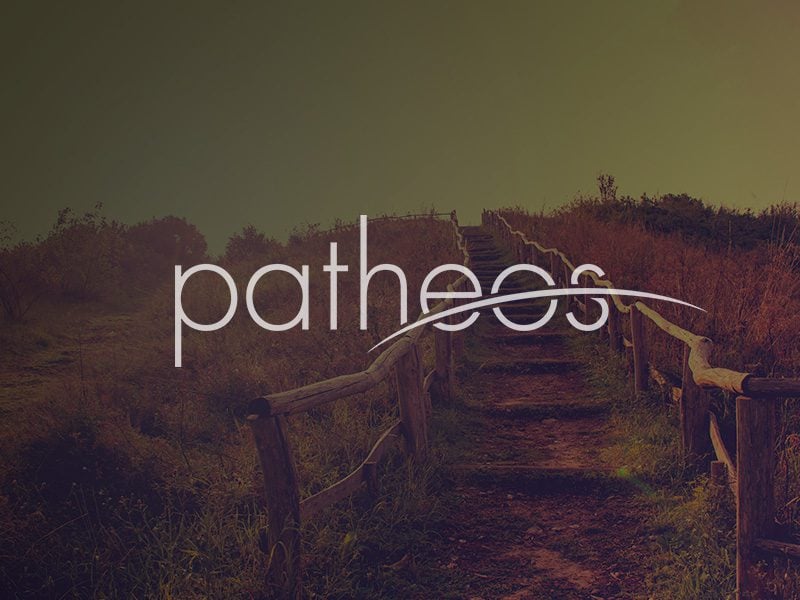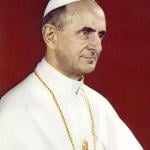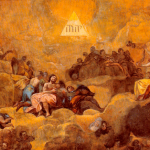A fascinating essay by Michael Toscano on the Japanese director Isao Takahata, whose latest and last movie The Tale of Princess Kaguya Michael praises. He writes in The Purest of Lines:
Since his directorial debut in the early 1960s, Takahata has distinguished himself as a powerful dramatist and a visual adventurer who enjoys thematic sleight of hand. It’s not a Hollywood “twist” that he works; rather, it is the careful, Yasujirō Ozu-like revelation of the sub-themes as a film’s innermost drama. His celebrated Grave of the Fireflies (1988), the story of a Japanese boy and his little sister orphaned during World War II, for example, seems at first to be about the brutality of the American firebombing of Japan — which the film depicts unflinchingly. But its overarching drama centers on a boy’s ego and lack of perseverance. The boy pridefully refuses to accept the help of a grouchy, begrudging, mean-spirited aunt. Instead he chooses to fend for himself and strikes out on an ‘adventure,’ little sister in tow. The sister starves to death on the outskirts of town; he dies alone in a railway station. Most viewers judge the aunt for her hardheartedness; Takahata judges the boy’s hardheadedness.
The Tale of the Princess Kaguya is similarly structured. It remains, at heart, a story about family loyalty, and at first appears to be a rather typical tale of a young fairy princess growing, albeit awkwardly, into her exalted life. Takahata, however, announces his real theme when, after discovering the miraculous child in a bamboo grove, the bamboo cutter pronounces to his wife, “It’s me Heaven’s blessed.”
Takahata deftly draws the audience’s attention away from lingering over this moment, all the while unfolding its significance.
Now if I can only find a theatre playing the movie.











